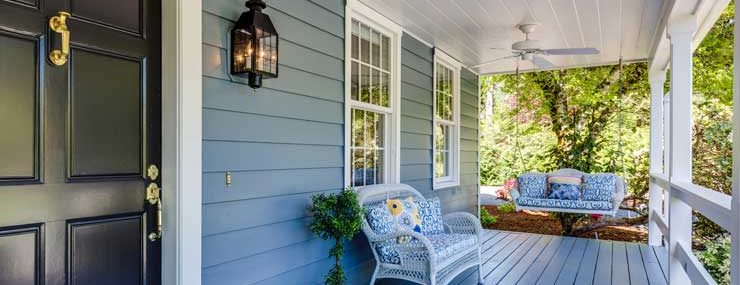
6 Creative Ways to Afford a Home
- Investigate local, state, and national down payment assistance programs. These programs give qualified applicants loans or grants to cover all or part of your required down payment. National programs include the Nehemiah program, and the American Dream Down Payment Fund from the Department of Housing and Urban Development, www.hud.gov.
- Explore seller financing. In some cases, sellers may be willing to finance all or part of the purchase price of the home and let you repay them gradually, just as you would do with a mortgage.
- Consider a shared-appreciation or shared-equity arrangement. Under this arrangement, your family, friends, or even a third-party may buy a portion of the home and share in any appreciation when the home is sold. The owner/occupant usually pays the mortgage, property taxes, and maintenance costs, but all the investors’ names are usually on the mortgage. Companies are available that can help you find such an investor, if your family can’t participate.
- Ask your family for help. Perhaps a family member will loan you money for the down payment or act as a co-signer for the mortgage. Lenders often like to have a co-signer if you have little credit history.
- Lease with the option to buy. Renting the home for a year or more will give you the chance to save more toward your down payment. And in many cases, owners will apply some of the rental amount toward the purchase price. You usually have to pay a small, nonrefundable option fee to the owner.
- Consider a short-term second mortgage. If you can qualify for a short-term second mortgage, this would give you money to make a larger down payment. This may be possible if you’re in good financial standing, with a strong income and little other debt.
8 Tips to Guide for Your Home Search
- Research before you look. Decide what features you most want to have in a home, what neighborhoods you prefer, and how much you’d be willing to spend each month for housing.
- Be realistic. It’s OK to be picky, but don’t be unrealistic with your expectations. There’s no such thing as a perfect home. Use your list of priorities as a guide to evaluate each property.
- Get your finances in order. Review your credit report and be sure you have enough money to cover your down payment and closing costs. Then, talk to a lender and get prequalified for a mortgage. This will save you the heartache later of falling in love with a house you can’t afford.
- Don’t ask too many people for opinions. It will drive you crazy. Select one or two people to turn to if you feel you need a second opinion, but be ready to make the final decision on your own.
- Decide your moving timeline. When is your lease up? Are you allowed to sublet? How tight is the rental market in your area? All of these factors will help you determine when you should move.
- Think long term. Are you looking for a starter house with plans to move up in a few years, or do you hope to stay in this home for a longer period? This decision may dictate what type of home you’ll buy as well as the type of mortgage terms that will best suit you.
- Insist on a home inspection. If possible, get a warranty from the seller to cover defects for one year.
- Get help from a REALTOR®. Hire a real estate professional who specializes in buyer representation. Unlike a listing agent, whose first duty is to the seller, a buyer’s representative is working only for you. Buyer’s reps are usually paid out of the seller’s commission payment.
 My name is Kay DeCuir, and I’m a licensed realtor who loves to provide high-level service. Please let me know how I can serve you!
My name is Kay DeCuir, and I’m a licensed realtor who loves to provide high-level service. Please let me know how I can serve you!